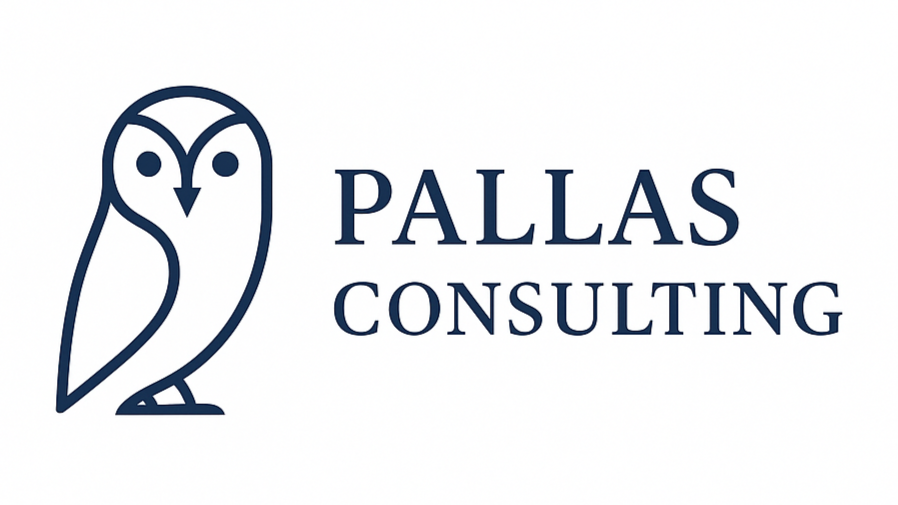Decision Fog
Have you ever watched a simple decision—one that should take minutes—stretch across emails, meetings, and approvals? What felt clear in conversation fades in the follow-up, and before long, no one is sure who’s actually deciding.
Small businesses often pride themselves on speed, but as headcount grows, choices that once took an afternoon now stretch into weeks. A Bain study found that organizations lose significant value when decisions are pushed down without clarity or pushed up without context, creating cycles of delay (Bain, 2024).
Decision fog is not the absence of choices but the blurring of them. Leaders announce priorities without resources. Teams float proposals that die quietly in an inbox. Decisions get revisited because the first call was never definitive. Each delay feels small; together, they slow execution to a crawl and erode trust in leadership.
As companies scale, the number of stakeholders and interdependencies grows. Each new layer adds more potential points of hesitation. Harvard Business Review notes that more than half of managers say unclear decision rights are their largest barrier to execution (Harvard Business Review, 2023). What began as quick, informal judgment calls now requires alignment, documentation, and approval. The speed that once defined the culture begins to fade.
From the top, this fog looks like caution. Leaders assume the team is gathering input or being thorough. From the middle, it feels like risk: no one wants to make a call that might be overruled. And for front-line staff, it feels like waiting. Work sits idle while emails circulate and meetings reschedule. Over time, initiative gives way to self-protection. People stop deciding for fear of deciding wrong. The organization slows not from lack of effort, but from lack of permission.
When this hesitation becomes habitual, even small actions demand consensus. A marketing headline requires a meeting; an operations tweak needs a committee. Every decision seems to require validation from somewhere else. The irony is that the intent is almost always good—leaders want inclusion, managers want alignment—but the result is paralysis disguised as collaboration.
How Decision Fog Shows Up
1. Blurry Ownership
In small teams, who decides is usually obvious. As organizations grow, roles overlap and authority becomes diffuse. When accountability is shared, no one feels responsible. Issues escalate higher than necessary or stall altogether because the person best positioned to act isn’t sure it’s their call.
2. Consensus Theater
Collaboration can easily tip into performance. Meetings multiply in the name of inclusion, but real authority remains unclear. When everyone has a say but no one has the say, decisions circle without closure. What feels like alignment is often just delay by another name.
3. Reopened Calls
Decisions made without clear owners or firm boundaries rarely stay settled. Projects reverse course midstream as priorities shift or new voices weigh in. Revisiting old choices consumes scarce bandwidth and signals to teams that no answer is final. Over time, confidence in leadership weakens.
Why It Matters
Decision fog slows organizations in ways that metrics rarely capture. Projects extend, approvals pile up, and opportunities slip while teams wait for clarity that never quite arrives. The immediate cost is time; the deeper cost is conviction. When people no longer trust that decisions will hold, initiative dries up.
Over time, decision fog changes culture. Teams grow cautious, leaders become gatekeepers, and energy that once went into execution shifts to self-justification. Effort is spent documenting choices rather than making them. Momentum fades not through failure but fatigue—the slow erosion of confidence that the organization can act quickly and stand by its calls.
Left unchecked, the system becomes self-reinforcing: decisions move slower precisely because they are handled by those furthest from the work.
Seeing Through the Fog
Decision fog rarely announces itself. It settles in quietly, in tentative emails and half-decided priorities. Once named, it explains a great deal: why capable teams hesitate, why meetings multiply, and why progress feels like moving through mist.
From inside the system, these patterns feel normal—legitimate caution, inclusive process, healthy debate. From outside, they read differently: blurred decision rights, recursive approvals, authority that wanders. The same facts change meaning depending on vantage point.
The work, then, is to create the distance needed to see clearly again and implement simple, repeatable systems. When decision paths are made visible—when it’s plain who decides, and when a call is final—momentum returns without sacrificing inclusion. Clarity restores speed not by demanding urgency, but by allowing people to move with confidence.
